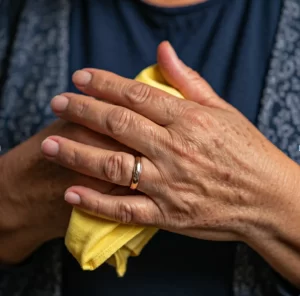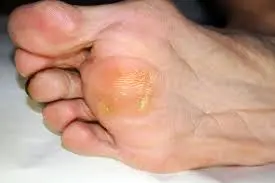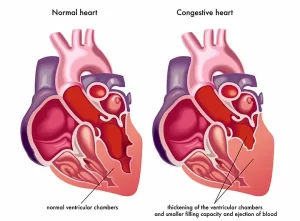By Gabriela Calvi – Epidemiologist Salubrista Podcaster “Good Morning Health”
Movement Is Life! Looking at a waterfall or dazzling landscape can more than enrich your Instagram feed. Outdoor beauty naturally encourages people to go out, inhale deep, listen to birds, take a walk to watch the wind move the branches of firm trees. On the other hand, regular interactions with nature, apart from giving you an experience of wonder, also have the potential to produce a sense of general detoxification.
A clinical study published in the medical journal Environmental Health Perspectives (April 2016) reports that women living in areas with lots of vegetation have a 12% lower risk of death compared to those in low vegetation locations. That could be due to a much cleaner air, but nature can also offer its own medicine.
When people take time to walk in the forest they inhale phytocides. These elements help increase the number of natural killer cells or NK, a type of white blood cell that supports the immune system and is associated with a lower risk of cancer. NK cells are also believed to play a role in the fight against infections and autoimmune diseases, reducing inflammation that contributes to a wide variety of disorders, including heart disease and diabetes.
The great master Samurai Spain, pioneer in studies based on phytocides,has confirmed the numerous benefits of its properties, since they can play a protective role, acting not only at the bactericidal level, but also inhibiting the reproduction of bacteria and fungi.
Let’s mention some benefits by being in touch with nature.
Physical benefits: Sunlight – Vitamin D (reduces blood pressure, lowers the risk of colon, prostate and pancreatic cancer), High quality diet, Strengthening the immune system, Reduces pain, Reduces systolic blood pressure, Reduces risk factors for chronic diseases
Psychological and Emotional Benefits: Reduces Stress, Restores Attention, Reduces Depression, Reduces Anger and Anxiety, Improves Feeling of Pleasure, Increases Mental Acuity, Reduces Mental Fatigue
Spiritual Benefits: Gives children a sense of peace and unity with the world, Stimulates creativity and imagination, Inspires connections with the rest of the world, Increases the feeling of wonder, Encourages reflection
Calm the mind
Benefits in Society: Strengthen Family Relationships, Decrease Domestic Violence, Strengthen Neighborhood Ties, Help New Immigrants Cope with Transition, Increase Environmental Activism
If studies really indicate these benefits, it is best then to take letters on the matter, for example, leaving aside the urgency of attending to what smartphones and smartwatches warn us when receiving text messages or notifications from social networks.
Why don’t we better not use our electronic equipment to explore forest areas, parks, lakes, those places far from the city to give us a well-deserved forest bath,to connect with Mother Nature, and thus receive the abundance of benefits she can provide us?
The desire to see for myself these benefits came true when I chatted with Vanessa Cabelllo (@Expandiendonos), wellness coach, yoga lover, hiker and above all nature lover. In the interview conducted for my community of the Good Morning Health podcast (put the link in Episode 61) we talked about how vital it is to hike. From that pleasant conversation came the idea of forming a group to join us on an early Saturday and thus give us a weekly forest bath.
Once organized the group we then coordinate the time and meeting place. We suggest that each person should bring their water and a fruit to eat at the rest stop. A day earlier we confirmed assistance and also on Saturday morning we sent a message confirming again with those who are active and on the road.
Here are some of the experiences experienced by the participants of the Hiking group “Movement is Life”:
Adriana Diaz – “Connecting with nature recharges me.”
Gisela – “I have felt more connected to God’s creation, and at the same time, blended with my walking companion. I’ve felt the movement of the muscles in my lower extremities. These were petrified for lack of movement. Sharing and savoring my mangoes and chocolates in the middle of the day is another delight.”
Kike – “I feel Happiness, connection with our wisdom and love for nature.”
Maria – “I’m sorry to cheer up my life. It brings out smiles when I feel the wind. It inspires me to see my children exploring. I also feel that it relieves pains, which allow me to spend a more balanced week in the house.
Karelys – “I’m motivated by the human connection I can get. I am pleased to see my children enjoying the moment of exploration with nature.”
Vanessa – “I calm my mind to see the varied colors in nature. I release the burden of stress, discomfort or heaviness that my body feels. Listen to an idea, thought or reflection as I walked, which I hadn’t thought of in the week.”
I invite you to discover the thrill of hiking, immerse yourself for a moment in a place of peace and free of electronic interaction so that you can feel the powerful connection that nature can offer you. Walking is an essential aspect in human history, as the body was created perfectly to fulfill its movement functionality.


